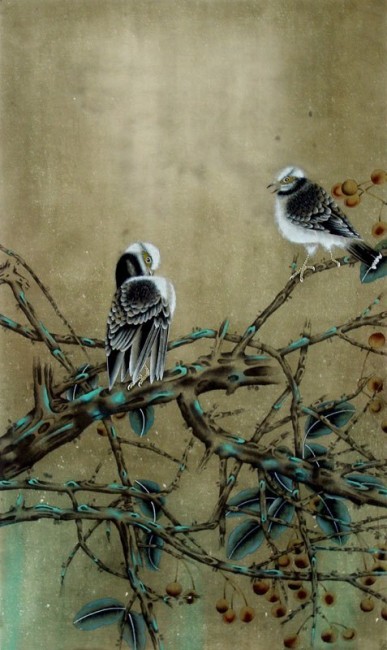New World closes year with chamber rarities
The New World Symphony’s final chamber music program of the year featured a Russian rarity and a Dvorák touchstone but it was a score for chamber orchestra by Respighi that proved Sunday afternoon’s most satisfying performance at the New World Center. Roberto González-Monjas, concertmaster of Rome’s Santa Cecilia Orchestra and professor at London’s Guildhall School of Music, was guest chamber player, leader and coach.
While Respighi is best known for his splashy orchestral tone poems, he also was an avid enthusiast of music from the past and created several suites based on themes by composers from earlier times. The Birds is one of the most delightful of those confections and, with González-Monjas in the concertmaster’s chair the New World players offered an elegant yet firmly contoured reading.
The plaintive melody of “The Dove” encompassed an eloquently phrased oboe solo with arpeggiated harp accompaniment and González-Monjas’ singing tone soared in the violin’s interjections. Crisp strings and chirping winds and trumpets delightfully realized “The Hen” (after thematic material by Rameau).The solo flute shaped the beguiling theme of “The Nightingale” in one long unbroken line with the strings’ lustrous against the winds’ piquant cuckoo impersonation. Tinkling celesta and harp brought back the initial theme by Bernardo Pasquini for a final lively reprise. Displaying the players at their best, the more intimate side of Respighi was given stalwart advocacy.
Among second-tier Russian composers, Reinhold Glière’s greatest claims to fame were his oft played Russian Sailors’ Dance and long winded Third Symphony (“Ilya Muromets”), beloved by conductors in the first half of the twentieth century.
The String Octet in D Major, dating from 1900, displays the composer in a different light. Despite an overly sentimental slow movement that sounds like cinematic background music, the score is tightly structured with appealing melodic material in the mode of Borodin’s string quartets. It is probably rarely performed because of the instrumentation for four violins, two violas and two cellos. All credit to González-Monjas for programming and anchoring this lovely work.
The firm, full-bodied sound of the lower strings was impressive throughout the four movements. Cellist Grace An’s warmth of tone and violist Madeline Sharp’s rustic vigor stood out in repeated solos. There was some initial roughness in the violins’ fast passages and moments of beautiful ensemble playing were followed, at times, by less-than-ingratiating blending of timbres. Vigorous rhythmic articulation of the second and fourth movements found the players in their best form. In addition to González-Monjas, the ensemble featured violinists Laura Ha, Benjamin Carson and Andrea Daigle, violists Sharp and Derek Mosloff and cellists An and Rosanna Butterfield.
Lisa Kim’s lean, compact violin sonority and Julia Yang’s rich cello formed a vibrant duo in Dvorák’s Piano Trio No. 4 in E minor (“Dumky”). Initially Yu “Dean” Zhang’s pianism was overloud but he settled in and displayed a lovely touch in the soft sections and managed to draw a large spectrum of color from the house Yamaha. There was a seamless transition between moments of yearning sadness and the rough-hewn folk dances, Kim’s violin cutting through with a distinctive edge. The team’s full-throttle rendering of the final Dumka was robust and exciting.
The New World Symphony chamber music series continues 2 p.m. March 1, 2015 with works by Schubert, Brahms, Dominick Argento, and Samuel Barber’s one-act opera A Hand of Bridge. Vocal soloists to be announced. nws.edu; 305-673-3331.
Posted in Performances
Leave a Comment
Mon Dec 22, 2014
at 11:55 am
No Comments







